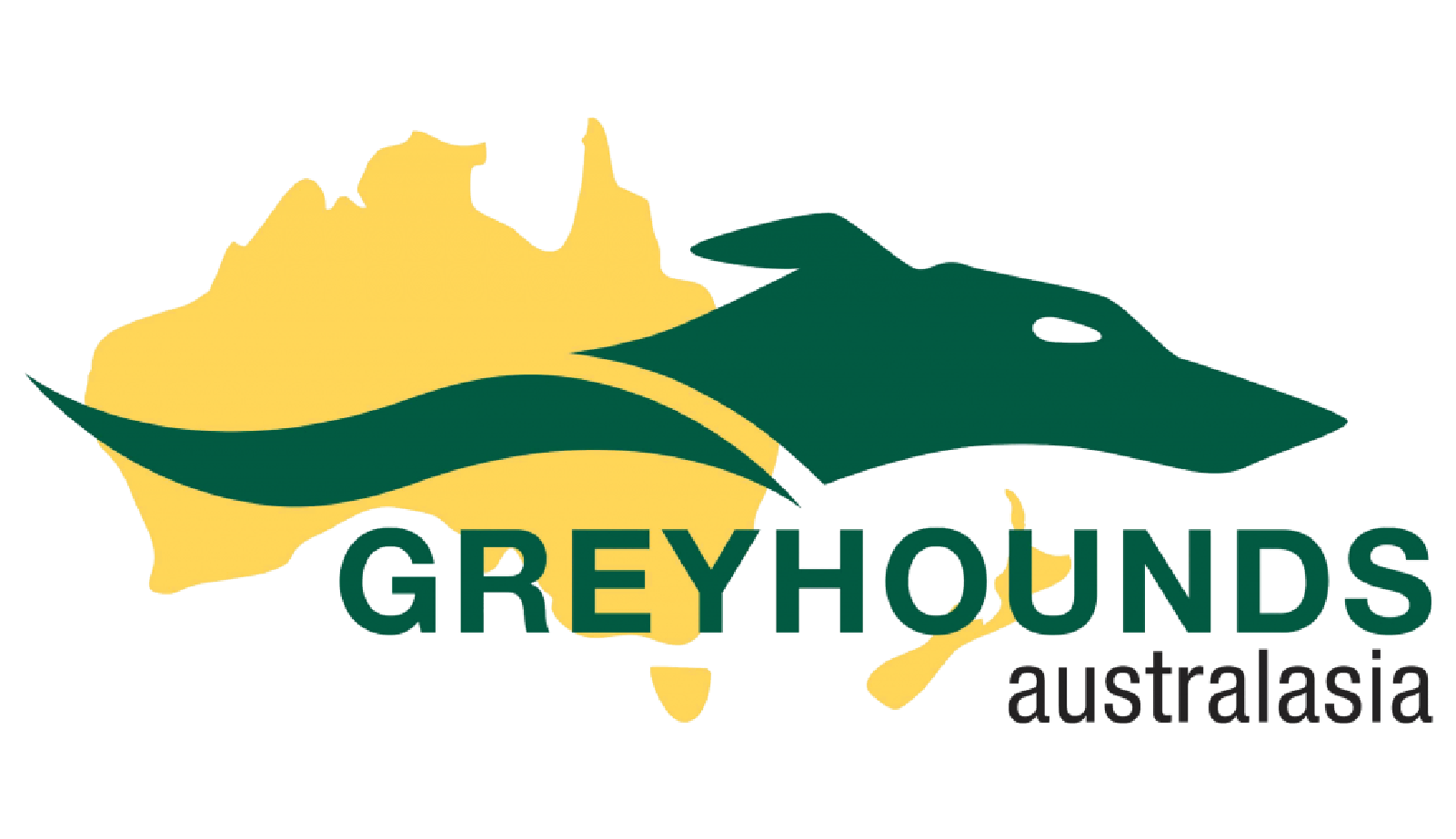Paternity Fact Sheet
Paternity Analysis Fact Sheet – Background
When assessing parentage the pup’s DNA profile (genotype) is compared with that of the Dam and Sires DNA profiles. All alleles (fragments of DNA) present in the pup should also be present in the Dam or Sire profile.
Nineteen canine specific microsatellite markers (alleles,) are tested to produce an individual DNA profile unique to that individual. Each marker generates two alleles (bands) of a particular size (base pairs). When the alleles are the same size we call this individual homozygous ie. it has inherited two identical sized peaks from each parent. Where the two peaks appear as different sizes we call this heterozygous that is it has inherited one specific sized allele from each parent.
Example of paternity analysis
Parentage is verified by comparing the profile of the dam, pup(s) and sire at all 19 markers. In some cases letters are used as a representation of the real size data. All Greyhound Association results are shown as real data (base pair numbers) as shown below.
| A PUP has the alleles | 100 106 for canine marker AHT121 |
| 240 242 for canine marker FH2848 |
| The DAM has the alleles | 100 102 for canine marker AHT121 |
| 238 240 for canine marker FH2848 |
Therefore, by comparing the DNA profile of the PUP with the DAM we can conclude that the PUP has inherited allele 100 for marker AHT121 and 240 for marker FH2848 from the DAM.
Allele 106 for AHT121 and 242 for FH2848 must be passed on paternally ie. from the SIRE.
| SIRE 1 has the alleles | 102 106 for canine marker AHT121 |
| Qualifies: there are common alleles between the pup and alleged sire, indicating possible paternity. | 238 242 for canine marker FH2848 |
| SIRE 2 has the alleles | 102 104 for canine marker AHT121 |
| Does not qualify:
there are no common alleles between pup and the alleged sire. |
238 238 for canine marker FH2848 |

